The cloud-native software company, supporting tech businesses globally
CloudlyIO was founded in the pre-cloud era, and gradually evolved into a cloud-native software company
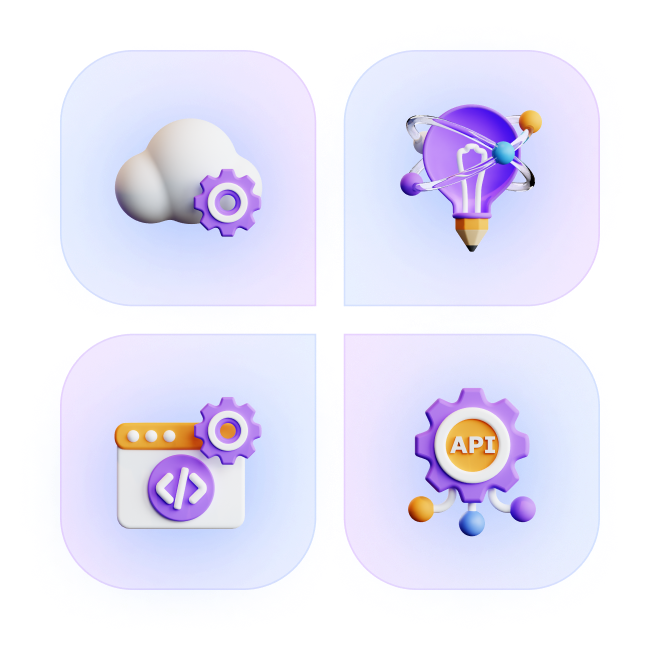
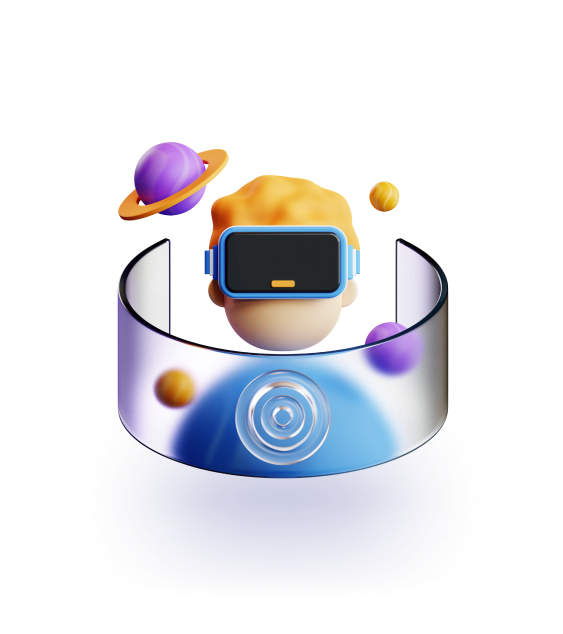

Cloud Services
We got your Cloud covered - wherever, whenever!
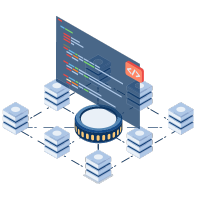
Networking
Building Next-Level Networks for Connected Success

Cybersecurity
Security is not table stakes, it’s a strategic imperative

DevOps
We learned DevOps in the hard way => the Cloud way

Modernization
Software Modernization is in Cloudly’s DNA
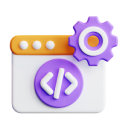
Web Apps
Transforming Ideas into Engaging Web Experiences
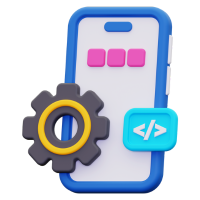
Mobile Apps
Empowering Mobile Innovation for Seamless Experiences
10+ years of Cloudly Milestones
10+ years of Cloudly Milestones
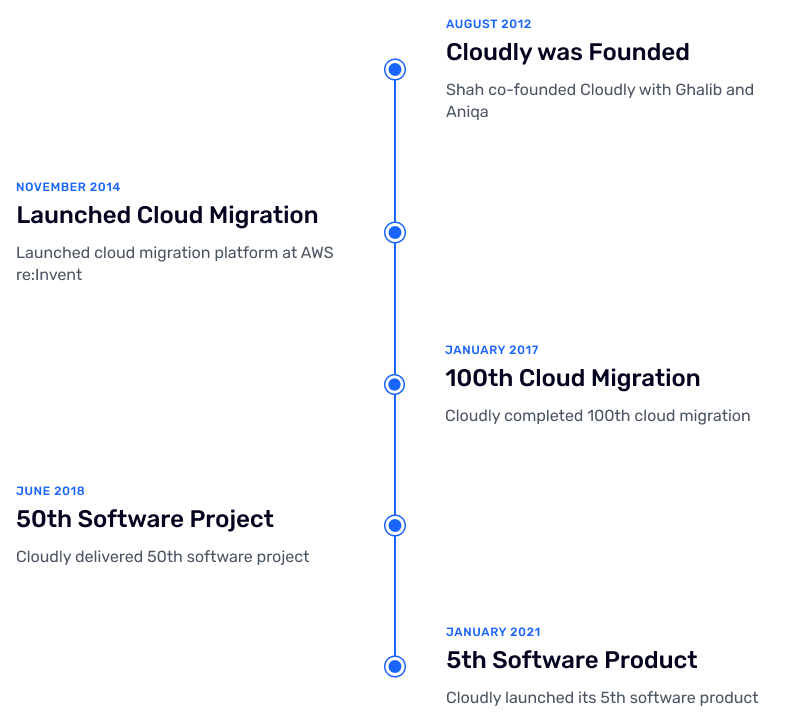
Typical Engagement Model
Typical Engagement Model

Step 1
Deep customer, business case and requirement analysis

Step 2
Proposal presentation and business negotiations => SOW
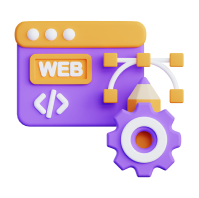
Step 3
Iteratively co-develop or staff aug model - 6 months+ engagement
Cloudly Leadership Team
Cloudly Leadership Team
Built a resilient company over 10+ years with a maniacal focus on customer needs

Aniqa Shama, CEO
Aniqa and Shah co-founded the company in 2012. Aniqa continued running the business and operation after Shah left in 2015.

Pangkaj Paul, Eng.
Pangkaj is the first engineer at Cloudly and has been leading our mighty engineering team for 10+ years and 100+ customers

Manjur-E-Khuda, Bus.
Manjur is the first director at Cloudly and oversees the backoffice entirely - business, engineering and operations



